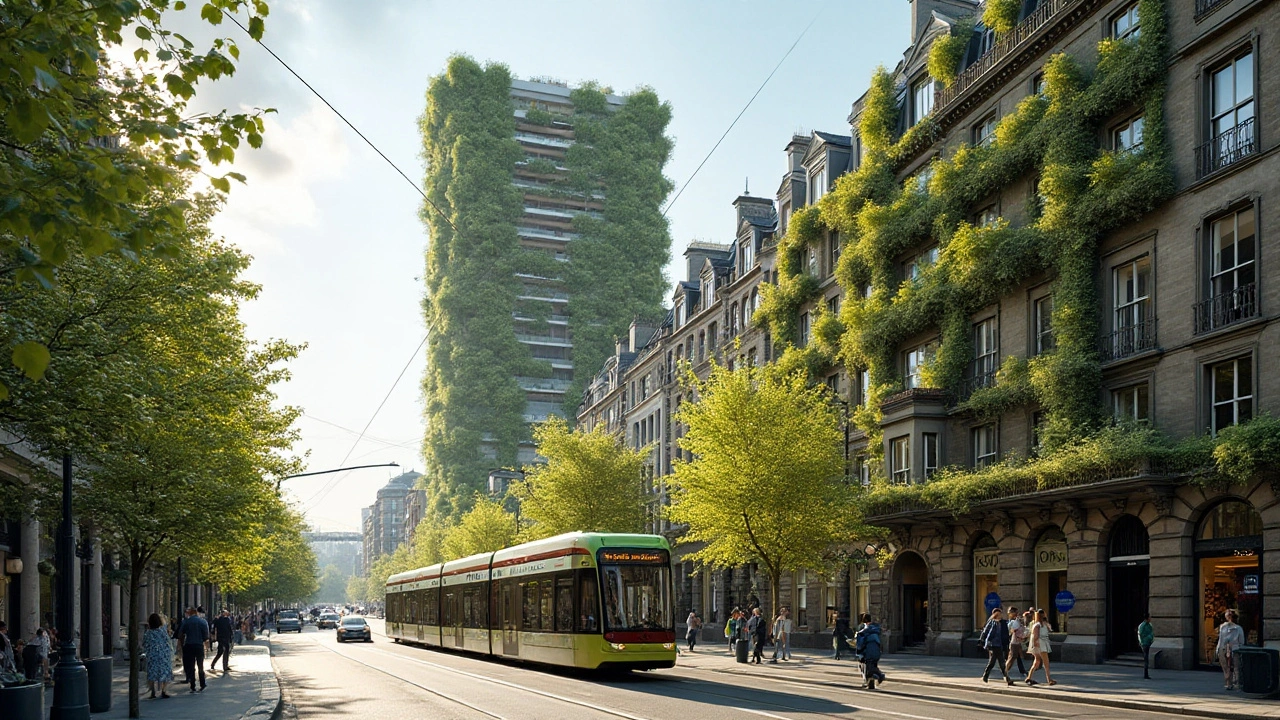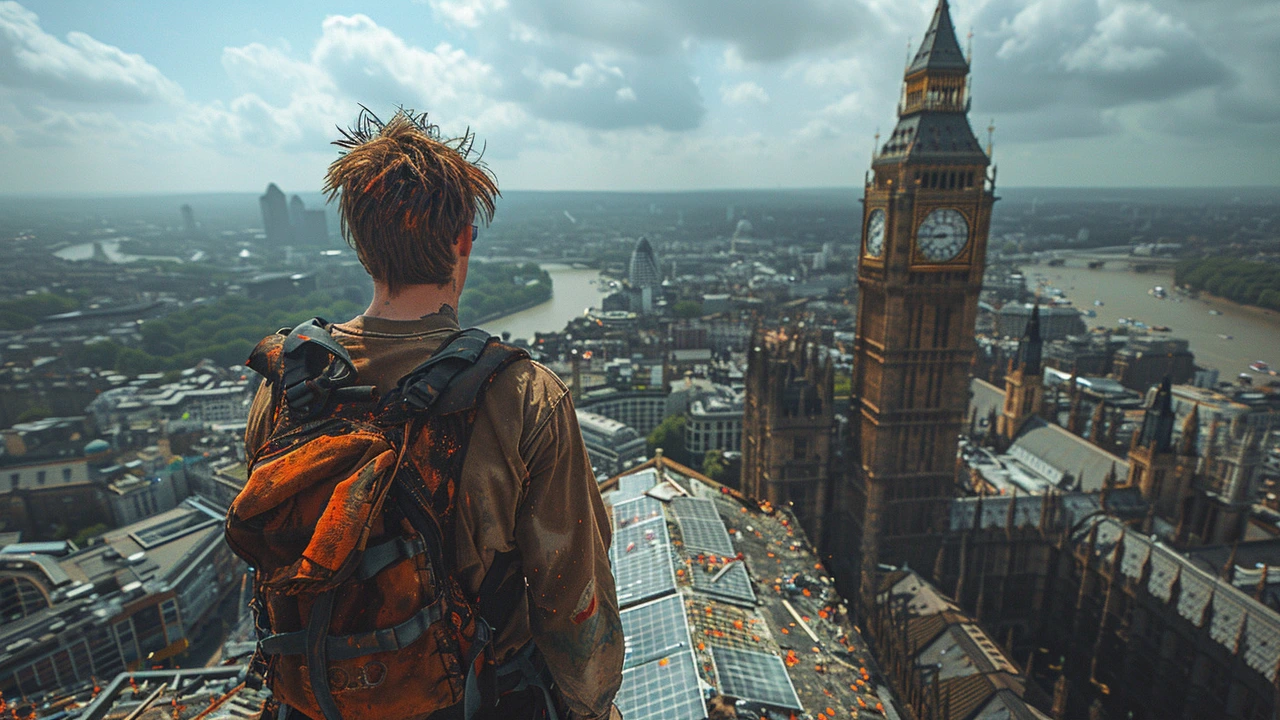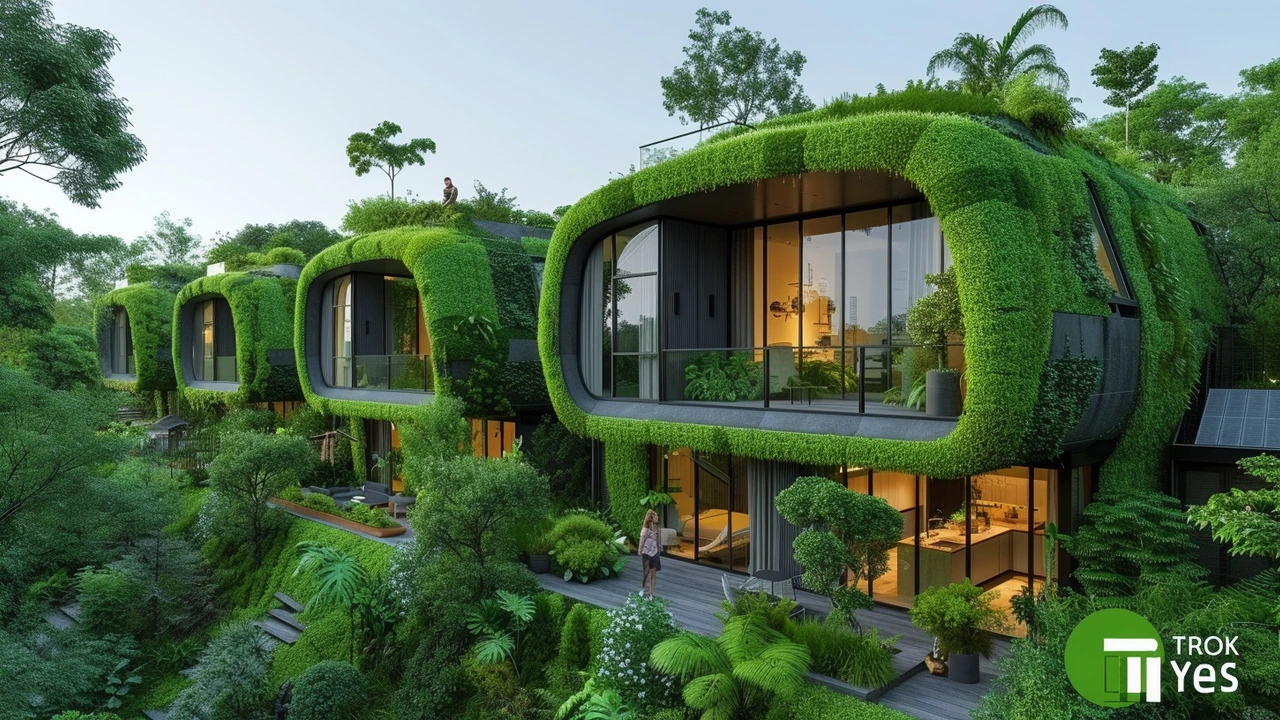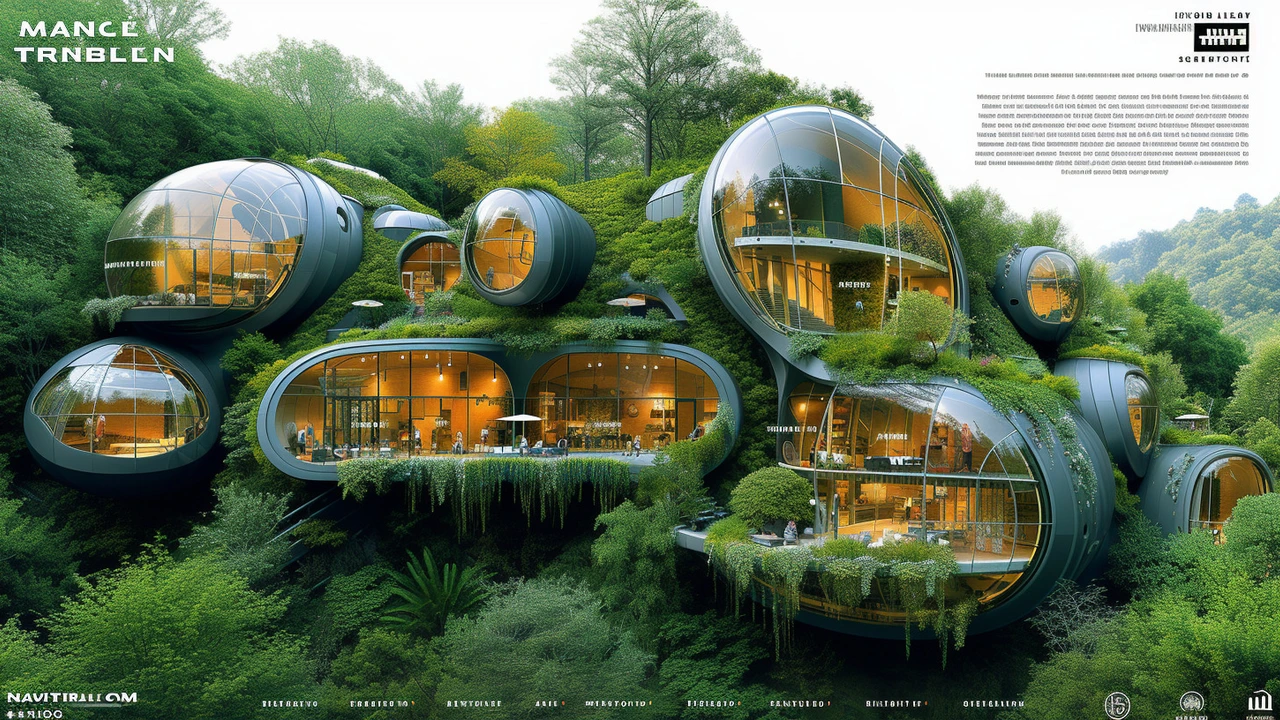Sustainability in Architecture: Practical Design for Greener Cities
Buildings account for a huge share of energy use and carbon emissions—almost 40% worldwide. That’s why sustainable architecture isn't just a trend; it’s a must. If you care about lower bills, healthier spaces, and cities that last, this page collects useful ideas, real examples, and simple actions you can take.
Sustainable architecture means designing and managing buildings so they use less energy and water, last longer, and have smaller environmental footprints. That covers lots of ground: smarter layouts, better insulation, renewable energy, recycled or low-carbon materials, and planning that makes walking, biking, and public transit easy. It also means thinking long term—how a building ages, how easy it is to repair, and whether it can be repurposed instead of torn down.
Practical strategies you can use
Want a quick list you can use as a checklist? Start here. First, focus on the building envelope: good insulation, airtight windows, and shading cut energy use fast. Second, prioritize passive design—orient rooms for daylight and natural ventilation so HVAC systems run less. Third, add renewable energy like solar panels or heat pumps where it makes sense. Fourth, choose materials with low embodied carbon: reclaimed wood, recycled steel, or newer low-carbon concretes.
Don’t forget water and landscaping. Rainwater harvesting, low-flow fixtures, and drought-tolerant native plants reduce demand and maintenance. For urban sites, green roofs and pocket parks help manage stormwater, cool neighborhoods, and create better places to live.
Where sustainable design really shines
You can see sustainability in many forms: high-tech office towers with smart energy controls, modest retrofits that cut energy use by half, and whole neighborhoods built around transit. Bosco Verticale in Milan shows how vertical planting improves air quality and biodiversity. The Edge in Amsterdam uses sensors and efficiency tech to lower energy use across an office. Adaptive reuse projects—turning an old factory into housing or a gallery—save embodied energy and keep city fabric intact.
If you’re a homeowner, start with insulation, efficient windows, and a smart thermostat. If you’re an architect or developer, model energy use early, specify low-carbon materials, and design for flexibility so spaces can adapt over time. City planners should prioritize mixed-use neighborhoods and reliable transit to cut car dependence.
Curious which certifications matter? LEED, BREEAM, Passive House, and Living Building Challenge all set clear targets. Use them as guides, not rules—sometimes a well-thought-out local solution beats a checkbox approach.
Want more specific examples and step-by-step guides? Browse the Sustainable category to find articles on green materials, retrofit case studies, and the latest design trends shaping greener urban life.

Embracing Green: The Rise of Sustainable Architecture in Urban Landscapes
Sustainable architecture is transforming urban environments, blending innovation with eco-conscious design. The rise of green buildings in cities not only protects natural resources but also enhances the well-being of residents. As urban areas face challenges like climate change and population growth, sustainable design offers both practical and aesthetic solutions. Innovative materials and smart technologies are key components in this architectural revolution. Learn how key cities are leading the way towards more sustainable futures.
Read more
Tracing the Green Path: The Evolution of Sustainable Architecture Over Time
Explore the transformative journey of sustainable architecture from ancient practices to the modern era. This article delves into the origins of eco-friendly design, highlights significant architectural innovations, and discusses the importance of sustainability in today's built environment. Learn about groundbreaking projects that epitomize the principles of sustainability and discover useful tips for incorporating green elements into your own space.
Read more
Revolutionizing Our World: The Future of Sustainable Architecture and Innovative Design Trends
Diving into the realm of sustainable architecture reveals an ever-evolving landscape of innovative design trends and practices aiming to redefine our built environment. This exploration sheds light on the crucial role sustainability plays in architecture, from the integration of eco-friendly materials and the implementation of energy-efficient systems to the promotion of green spaces in urban contexts. These transformative trends not only pave the way for more sustainable living conditions but also promise to significantly reduce the carbon footprint of buildings, underscoring the vital importance of embracing sustainable architectural practices for a greener future.
Read more
Revolutionizing the Construction Industry with Sustainable Architecture
Hello there! As we all know, our planet needs us more than ever, and it's high time we start making some necessary changes. That's why today's post will shed light on sustainable architecture, a movement that's revolutionizing the construction industry. We'll delve into the heart of green building principles, and take a tour through some of the most mind-blowing revolutionary designs around the world. Join me in trying to understand how these novel concepts are shrinking our carbon footprint, one building at a time!
Read more
Why Sustainable Architecture is the Future of Urban Living
Hey there, lovely readers! I've been bubbling with excitement to chat about this - sustainable architecture! Sounds fancy, doesn't it? Well, it's not just the future, it's the sassy, smart, and eco-friendly diva of urban living. Why? It's because this green goddess reduces energy consumption, limits waste and, get this, can even improve our health. Imagine living in a world that's kind to Mother Earth and us. Now, that's what I call a total win-win!
Read more